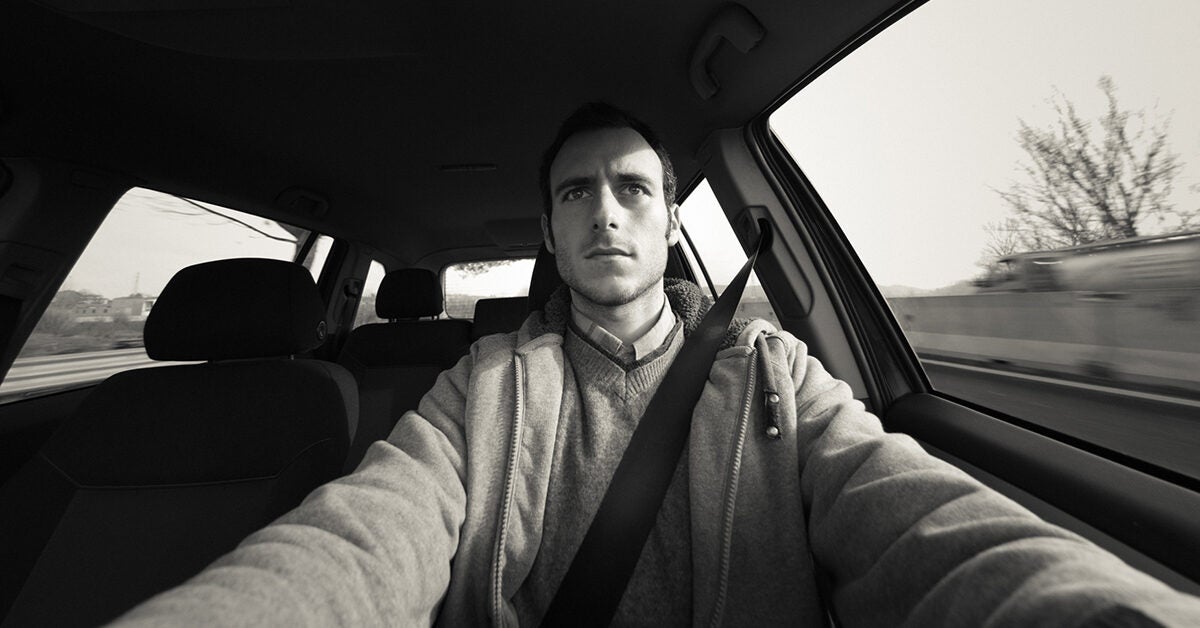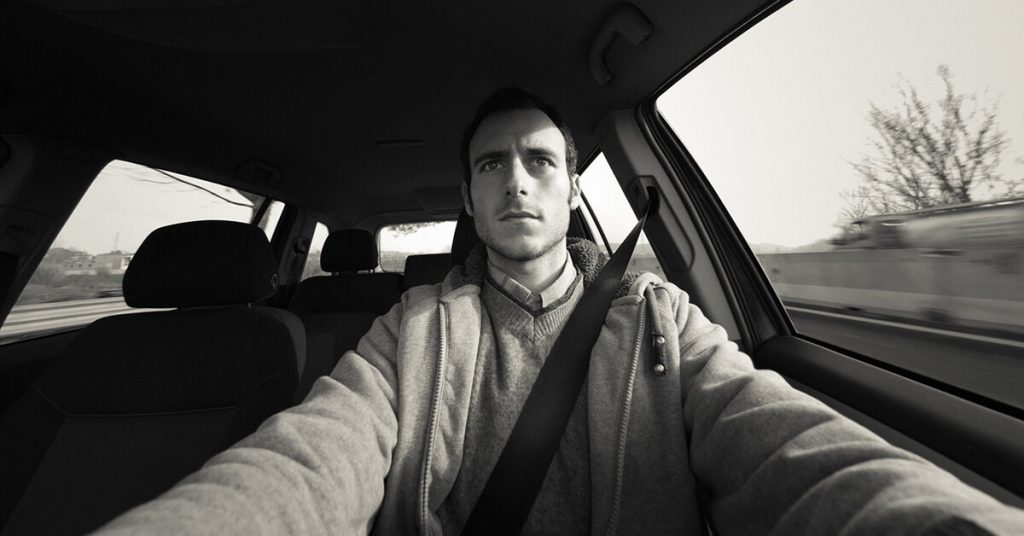
If you live with driving anxiety, the fear can seem overwhelming. But with the right support, there’s a positive outlook for this condition.
Like other phobias, driving anxiety can strike at the worst of times, like when you’re in the middle of a commute down a busy highway. For many, the sudden swell of fear can be disorienting or downright terrifying.
As a result, you may start driving less or avoiding car rides. You may even feel embarrassed about being so afraid.
If this sounds like you, know that you’re not alone. There are treatment options and self-care tips available to help you feel empowered in the driver seat once again.
According to the National Institute of Mental Health (NIMH), more than
It’s difficult to know exactly how many people live with driving anxiety, as research shows that not many people seek help for this condition.
Driving anxiety — also known as amaxophobia, ochlophobia, and motorphobia — is intense distress while driving and participating in avoidance behaviors, like having other people drive for you or avoiding conditions that make you feel unsafe.
While many of the symptoms overlap with those of anxiety and trauma, driving anxiety isn’t an official condition in the Diagnostic and Statistical Manual of Mental Disorders, 5th edition (DSM-5).
But a doctor may give a diagnosis of generalized anxiety disorder or post-traumatic stress disorder (PTSD), if symptoms are severe enough to interfere with major areas of your life.
There’s no single cause of driving anxiety, and everyone experiences it differently. But some common causes include:
For some, driving anxiety can build slowly over time. For others, it can seem to come out of the blue or be caused by witnessing a traumatic event, like an accident.
Some signs of driving anxiety include:
- feeling anxious when you get into a car
- avoiding driving as much as possible
- having a consistent feeling of doom
- fearing getting hurt or dying
- having heart palpitations
- being hypervigilant while driving
- experiencing panic attacks
- shaking
- having shortness of breath
- sweating
You may also notice that you feel exhausted after driving, even if it’s only a short car trip. This may be because all your systems have been on high alert, leaving you feeling drained and in need of ample time to recover.
Everyone recovers from driving anxiety differently, but recovery is possible. How quickly you recover largely depends on the cause and how active you are in the treatment process.
Medical assessment
If you think you may have driving anxiety, consider reaching out to a healthcare professional to see whether there are any physical factors that may be contributing to your fear, such as reduced vision or hearing.
In this case, the fix may be as simple as trying a hearing aid or glasses when you drive.
Therapy
You don’t have to do this alone.
If your driving anxiety is the result of a car accident or other traumatic incident, eye movement desensitization and reprocessing (EMDR) therapy may help you process and integrate painful memories. Research shows that this is an effective modality for treating PTSD.
Exposure therapy is another option. It involves ranking your triggers from most problematic to least, developing coping skills for difficult moments, and, when you feel ready, exposing yourself to what frightens you — little by little.
It’s important to know up front that it’s natural to feel uncomfortable when facing your fears. This isn’t a bad thing — it means that you’re in the middle of “the work.” If you stick with it, you’ll develop more confidence as you progress.
Virtual reality
Recent
However, it’s not recommended that you try these options without the supervision of a mental health professional. They will be able to guide you through the process and help you manage your symptoms along the way.
Medication
Depending on the severity of your driving anxiety, your doctor may recommend antidepressant medications to help you manage your symptoms.
They may also suggest anti-anxiety medications for occasional, short-term use. Some medications, like benzodiazepines (Valium or Xanax), may cause drowsiness behind the wheel, so be sure to only use them as advised by a professional.
Driving anxiety exists on a spectrum, from mild to severe. Depending on your particular case, self-care strategies may help.
Try to identify your triggers
When something frightens us, it’s easy to dismiss the parts for the whole. You may find it useful to make a list of what parts of driving are the most frightening to you, in order from most intense to neutral (or even enjoyable).
Some examples might be:
- bridges
- commuting alone
- driving at night
- heavy traffic
- highways
- inclement weather conditions
- intersections
- isolated areas
- left-hand turns
- steering the car vs. being a passenger
- traveling with others
- tunnels
Once you understand what causes your symptoms, you may be one step closer to managing them.
Consider creating a calming environment
You may find it helpful to clear your car from distracting clutter, turn on soothing music, and use calming scents. Research shows that lavender essential oil, in particular, can soothe anxiety.
Try to set realistic goals
Let’s say you decide to start training for a marathon, even though you’re not a runner. Would you get up tomorrow morning and run 26 miles? Not a chance.
Driving anxiety is no different. While ambition can be a beautiful thing, it may do more harm than good if you set a goal to drive across the country, like, tomorrow.
Instead, think of this as a long game. Be patient and pace yourself with more realistic milestones. Over time, you’ll get to where you want to go.
Consider a professional driving school
It can be helpful to have someone in the car with you in case you want emotional support or you need to pull over. If you’re uncomfortable asking your friends and family members to help, consider reaching out to a professional driving school.
Try calming techniques
When you start to feel that panicky feeling, consider trying some strategies that may help you to calm down in the moment. Some techniques that may help include deep breathing and meditation.
Driving anxiety can leave you feeling embarrassed, isolated, or overwhelmed, but you’re not alone.
With the help of a healthcare or mental health professional, along with self-care strategies, it’s possible to heal from driving anxiety and get back on the road.
If you enjoy self-directed work, you may also find it useful to learn more about overcoming common phobias in the popular book “The Anxiety & Phobia Workbook.”
As you recover, remember that it’s important to celebrate each little success. This can build up your self-esteem and motivate you to keep going. Mile by mile, you’ve got this.

